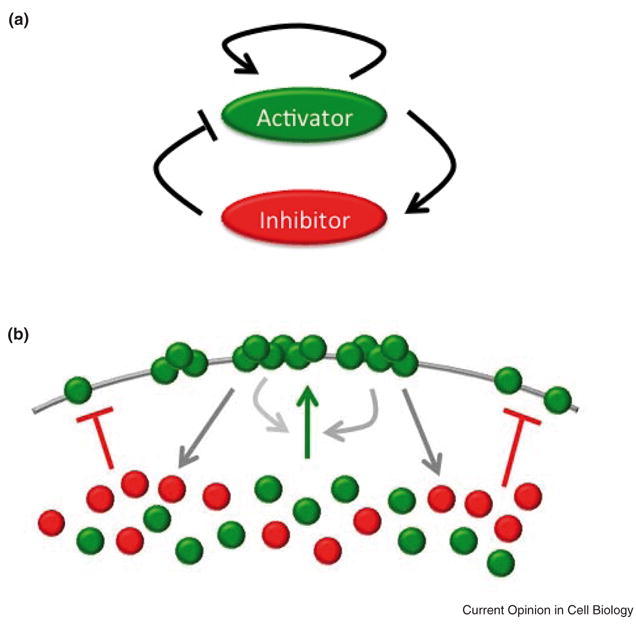Figure 2. Activator-inhibitor model for cell polarization.

A. In this model, polarization is assumed to arise from the interplay between a local activator, capable of catalyzing its own production, and a global inhibitor. B. In the case of the formation of polarized clusters on the cell surface, membrane-bound activator (green) recruits other activator molecules to proximal regions of the membrane via a positive feedback mechanism. In addition, membrane-bound activator is assumed to recruit inhibitor molecules to the membrane (red). The inhibitor molecules prevent the activators from binding to the membrane. Unlike the activator, the inhibitor has a global reach. Competition between the activator and inhibitor limits the size and number of the clusters.
